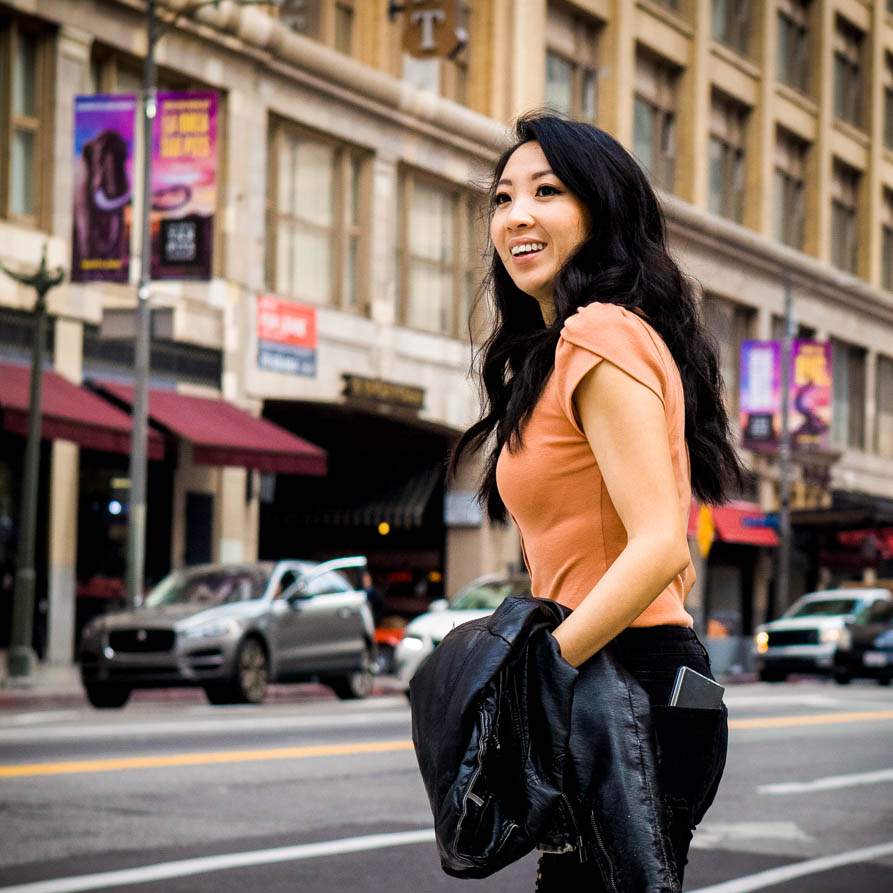
One study showed that when people look at a product’s price first, it then made price the primary factor in their purchase.
But most of us know from experience that cheap isn’t always cost effective in the long run.
Other research has shown that an average woman will wear an item just once because they don’t want to repeat an outfit in their social media post.
Which if that’s the case, then it shouldn’t be surprising that
Another survey of 2,000 women found that people wore an item at an average of 7 times. SEVEN.
VALUE IS A FUNNY WORD
We are inclined to spend on what we think is a better value, but most of the time it’s just a marketing perception that gets you to spend more than you actually wanted in the first place. “Because it’s such a good deal.” We’ll spend well over $100 at Costco vs. half that at a grocery store because it’s all a better value, right?
What it ultimately leads to is not necessarily getting more bang for you buck, but just an all-around, over-consumption of everything. You only wanted the lunch portion but you couldn’t resist the “bargain” and ended up spending $3 more than you would’ve for more than you wanted. We, in the Western world, don’t always look for what’s cheaper but for what’s a better value or bargain.
And the same goes with shopping for clothes. For the most part, we need clothes just as much as we need toilet paper (my personal favorite reason to keep my Costco membership. You really can’t beat that toilet paper value!).
THIS IS WHERE THE MAGIC SHOPPING FORMULA COMES INTO PLAY:
COST PER WEAR (CPW )= Total cost of the item / Number of times you’ll wear it
For example, a $10 fast fashion T-shirt that gets hole-y after 2 washes has a CPW of $5.
$10 / 2 wears = $5 Cost per wear.
Whereas a $50 Tee bought for the long-haul and worn 50 times has a CPW of $1.
$50 / 50 wears = $1 Cost per wear.
This formula can also be applied to other areas of shopping, not just clothes. The point is that the item you purchase has a better value than something cheaper used only a few times.
EXCEPTIONS
As with most rules come a few exceptions to consider.
1. Love Per Wear
I strongly believe that everything you own should be something you absolutely love. And because of this, there are a handful of things I own that have a terrible cost per wear but bring me absolute JOY. I own a small handful of dresses that have only seen the light of day a few times, But 1, they are high-quality and are meant to stand the test of time, and 2, they light me up when I do choose to wear them and even when I see them in my closet.
2. Justification
CPW can be a great tool for the every now and then when you are looking into an item that’s more than what you intended to spend but absolutely love. In this case, you would use the formula reversely to figure out how much you need to wear it to make the CPW low (aka worth the purchase).
For example, you need a down jacket and budgeted for $200 max. But you’ve shopped for awhile and come across one you absolutely love for $500.
- Go over the 4 steps to determine that it’s quality and will last.
- Use the formula to see if it’ll be worth it in the long run.
To get that $500 Jacket down to a reasonable $1 per wear, you need to wear it 500 times. Which would be everyday of the year for 1.3 years. Or unless you live in the North Pole, more realistically, that would look like every day of each winter (3 months out of the year) for 5 years.
A Word of Warning:
Using the formula this way gets dangerous when you use this to justify too many things that are out of your budget.
All in all, Cost Per Wear is more than just a formula: It’s about shopping smarter, and about buying better.
I’D LOVE TO KNOW!
Is CPW something you rely on?
What is your favorite piece of clothing you own with a great Love-Per-Wear?
Let me know in the comments below!



+ show Comments
- Hide Comments
add a comment